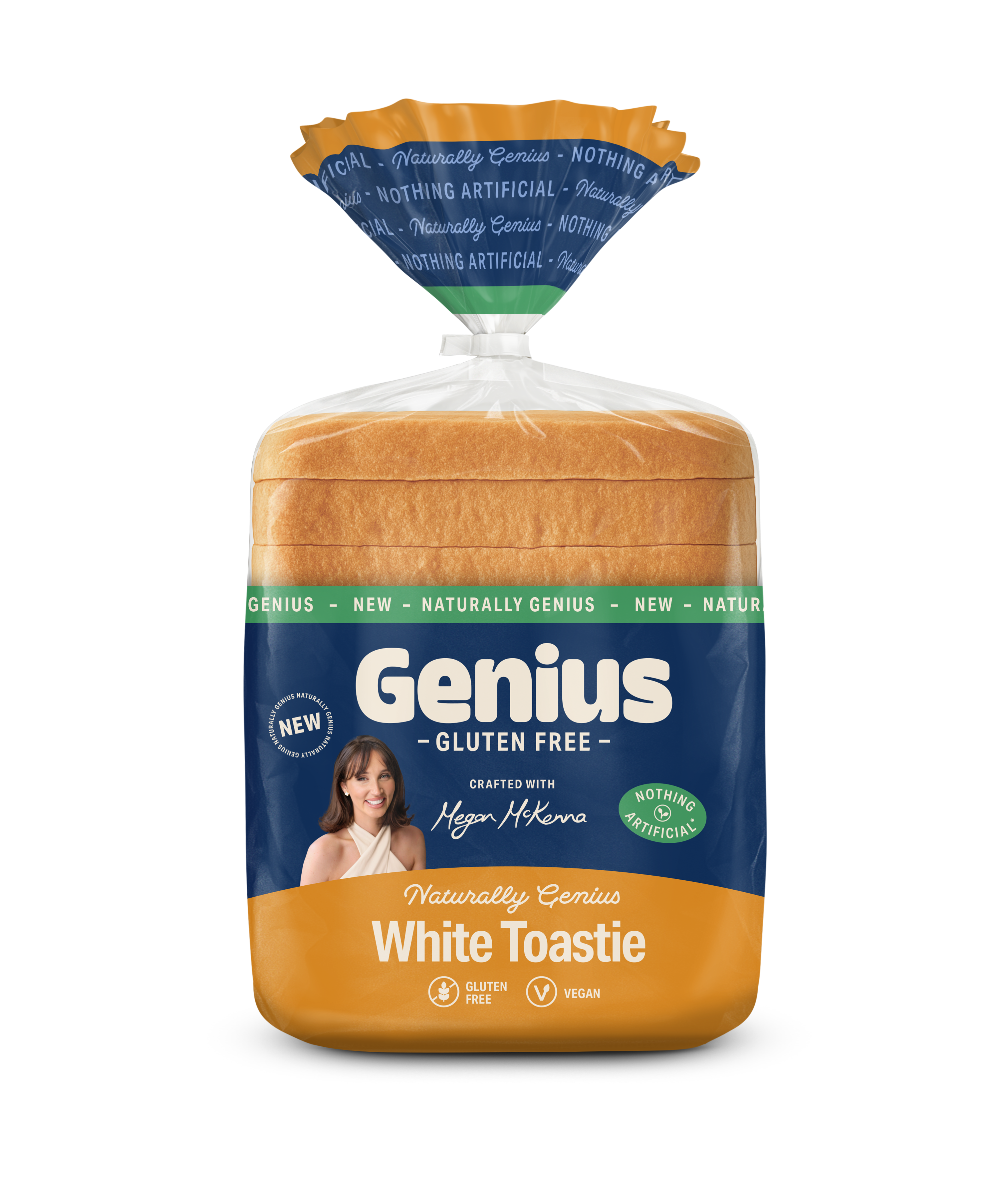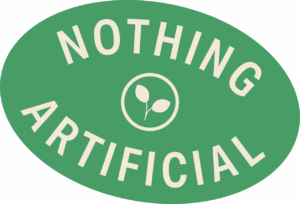








Co-created with Megan McKenna, our naturally delicious White Toastie Loaf has a soft, light and fluffy centre for a super satisfying texture that guarantees perfect golden crunchy toast, every time.
Perfectly sliced to be toasted to perfection, it’s time to take your toasties to the next level.

Water, Starches (Maize, Tapioca, Potato), Rice Flour, Vegetable Fibres (Bamboo, Linseed, Chickpea, Maize), Rapeseed Oil, Psyllium Husk Powder, Rice Protein, Yeast, Stabiliser (Hydroxypropyl Methyl Cellulose*), Sugar, Salt, Fermented Maize Starch, Apple Cider Vinegar. *Derived from Plant Material.
May contain Egg. Not suitable for those with an Egg allergy.





